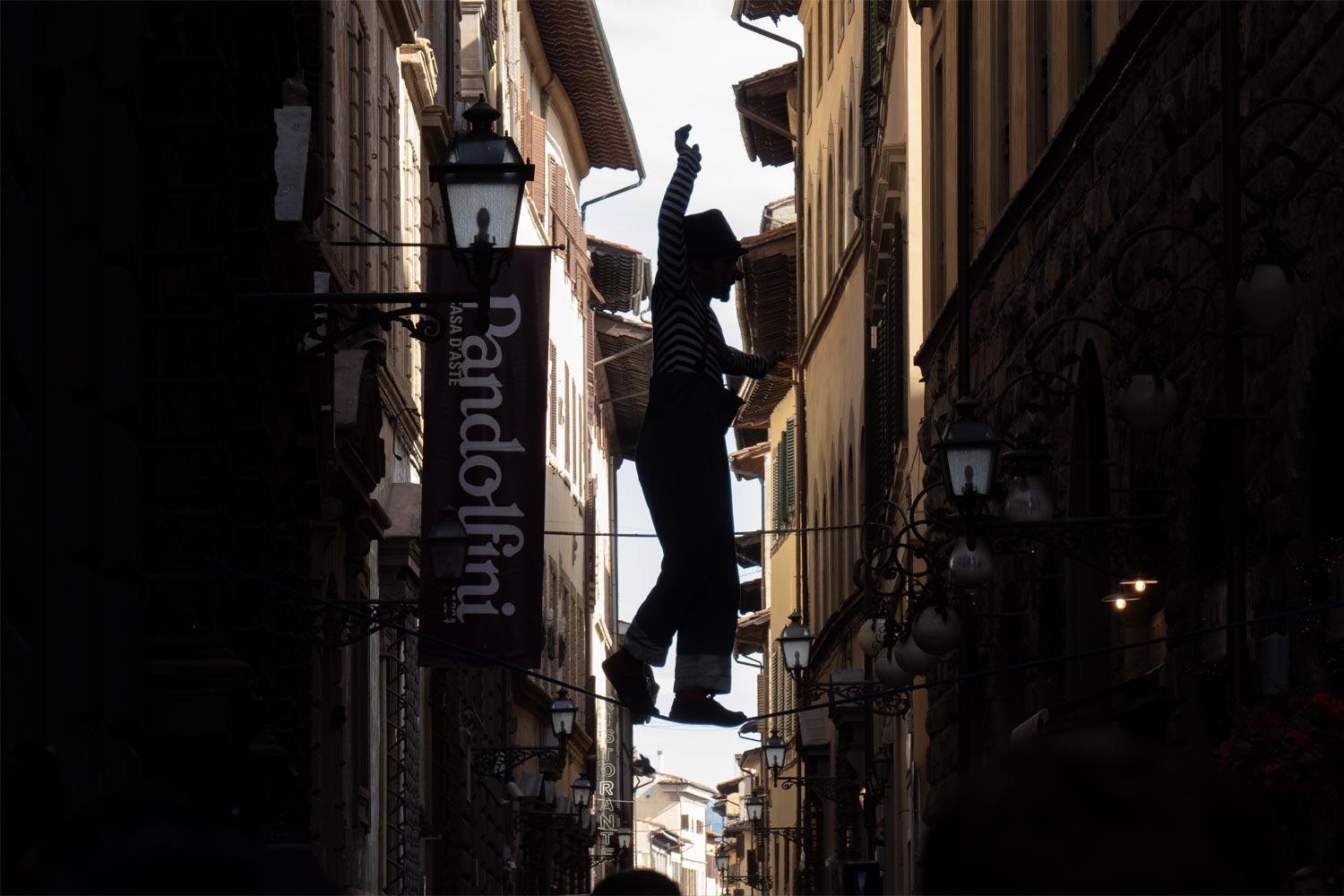Florence
Florence is an absolutely stunning city in Italy, one of the most beautiful cities in the world.
Long ago, Florence was a separate country that was simply called the Republic of Florence. This was during the Middle Ages. At that time, there was no Italy yet — it only came into existence in 1861. Instead, the famous boot-shaped peninsula was made up of a dozen small countries that emerged around the major cities.
Such countries are called city-states. Florence, Venice, Pisa, Milan, Genoa, Siena, Bologna, Naples — all these names are familiar to us as cities in Italy, but once they were all capitals of countries with the same name: the Republic of Venice, the Duchy of Milan, the Kingdom of Naples, and so on.
In history, such a bouquet of city-states is sometimes called “feudal fragmentation.”
This term carries a negative connotation and is usually used as a synonym for the disintegration of a country. It was especially favored in the Soviet Union, which is not surprising: the USSR was a vast country with a strong central authority. On Wikipedia, an article about this term exists in only 6 languages, including Russian and Ukrainian.
In fact, city-states are one of the most successful models. It’s simple: local authorities usually know better how to develop their region. The huge bureaucratic apparatus that thrives in giants like the USSR, despite having significant resources, is cumbersome and poorly understands what is happening in the regions.
Florence is a good example of the efficiency of city-states. In its time, it was the center of the Renaissance era. Literally all the top figures who are now mistakenly considered Italians lived and worked here: Leonardo da Vinci, Michelangelo, Donatello, Machiavelli, Galileo Galilei, Amerigo Vespucci.
A few more “Italians,” albeit less known, built the absolutely incredible Cathedral of Santa Maria in Florence, which seems unreal until you see it with your own eyes.
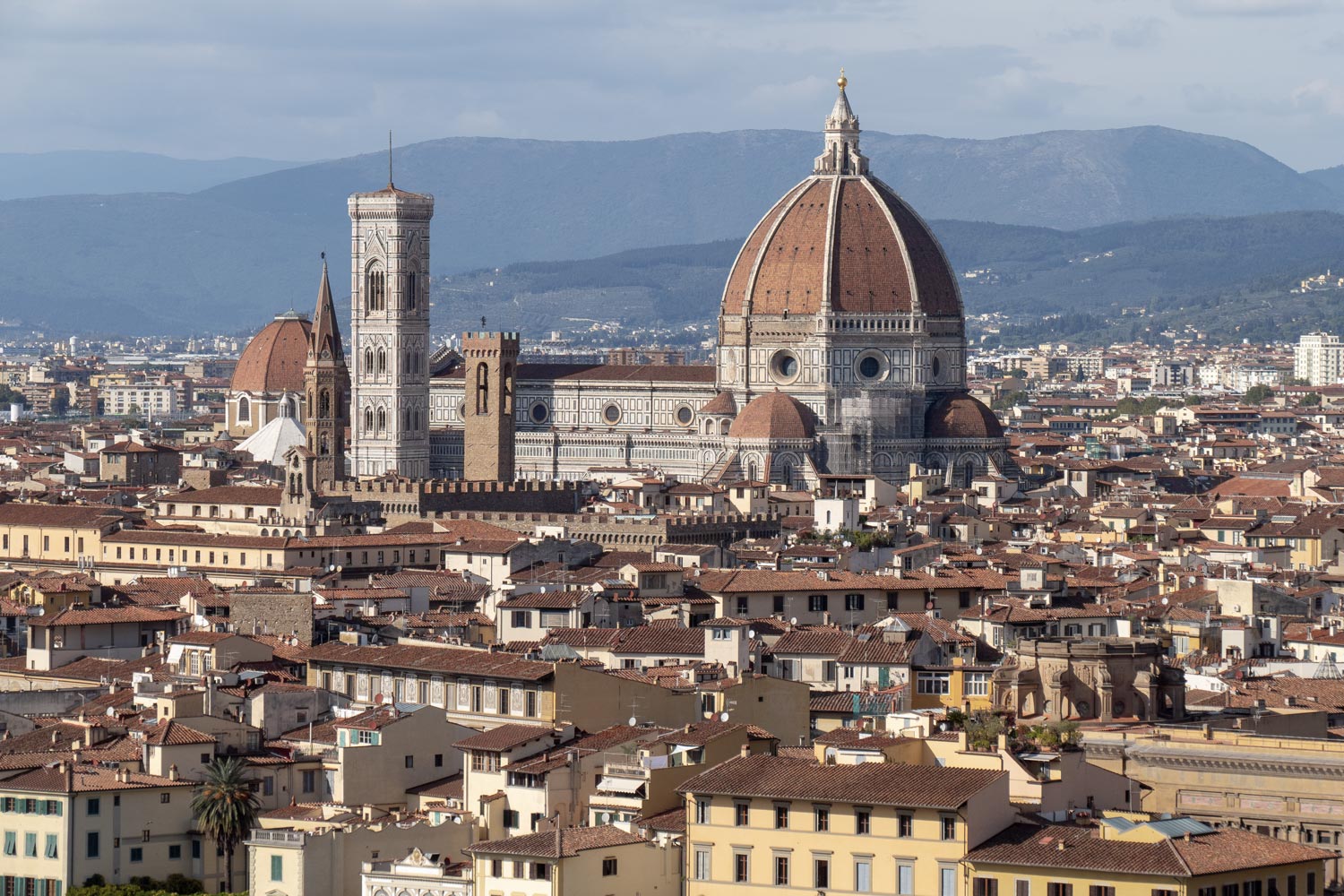
Interestingly, you can only take a photo of this giant from a distance. Up close, this cathedral simply doesn’t fit anywhere: not in the frame, not in the narrow gaps between buildings.

The cathedral was originally built as large as possible without budget constraints. The goal was to outdo neighboring republics: Pisa and Siena. This is another aspect of “feudal fragmentation” — concurrency at the state level to attract new citizens and investments.
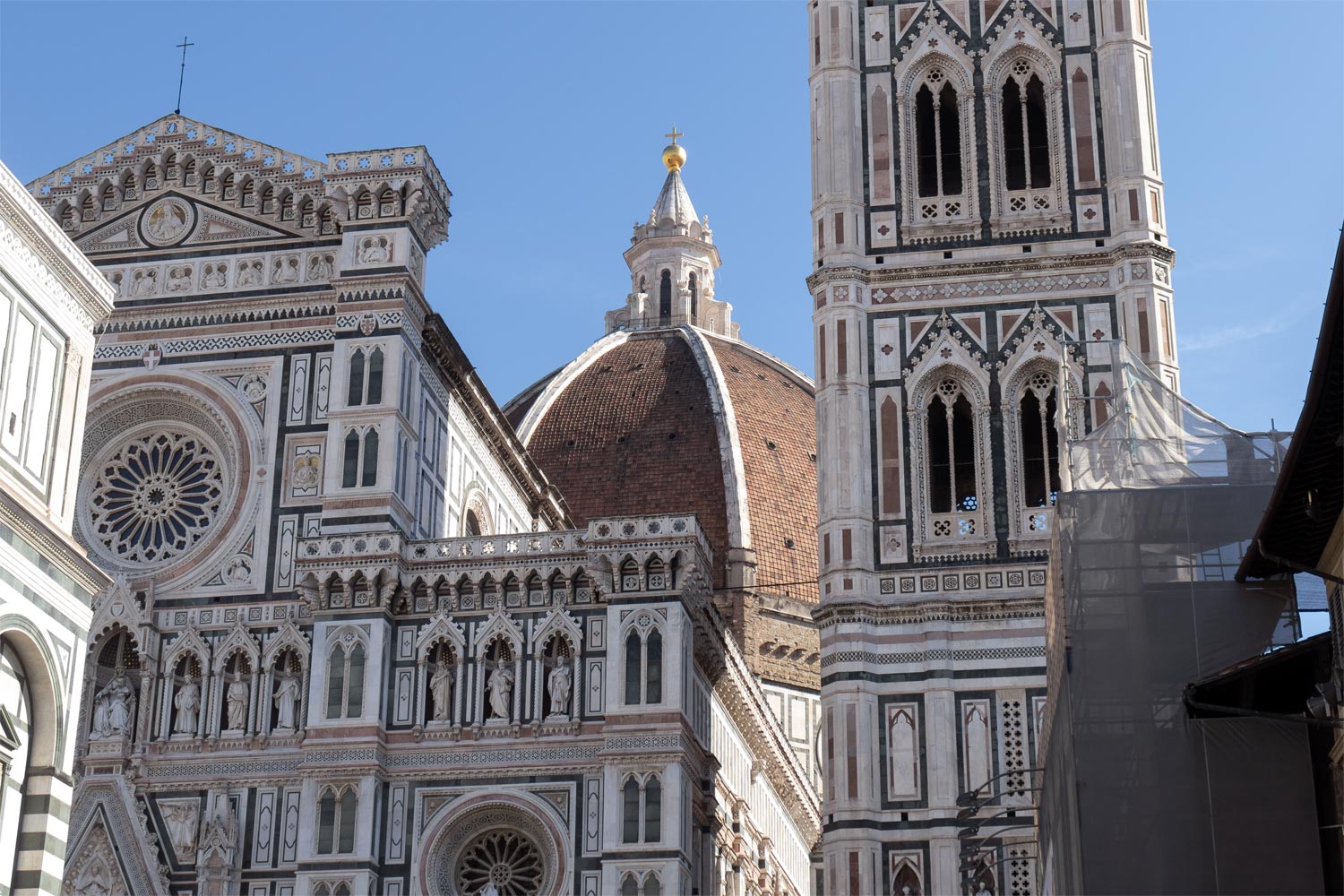
As a result, we had the second largest church of that time. The only one larger was the St. Peter’s Basilica in the Vatican, which would have been indecent to surpass in size. The construction of the cathedral took almost 150 years. During this time, Florence managed to conquer Pisa, so there was no one left to compete with.

The cathedral walls are lined with marble of three colors: white, green, and pink. It was deliberately brought to Florence from three different quarries. This story is reminiscent of the Taj Mahal, for which marble was also collected from various places.
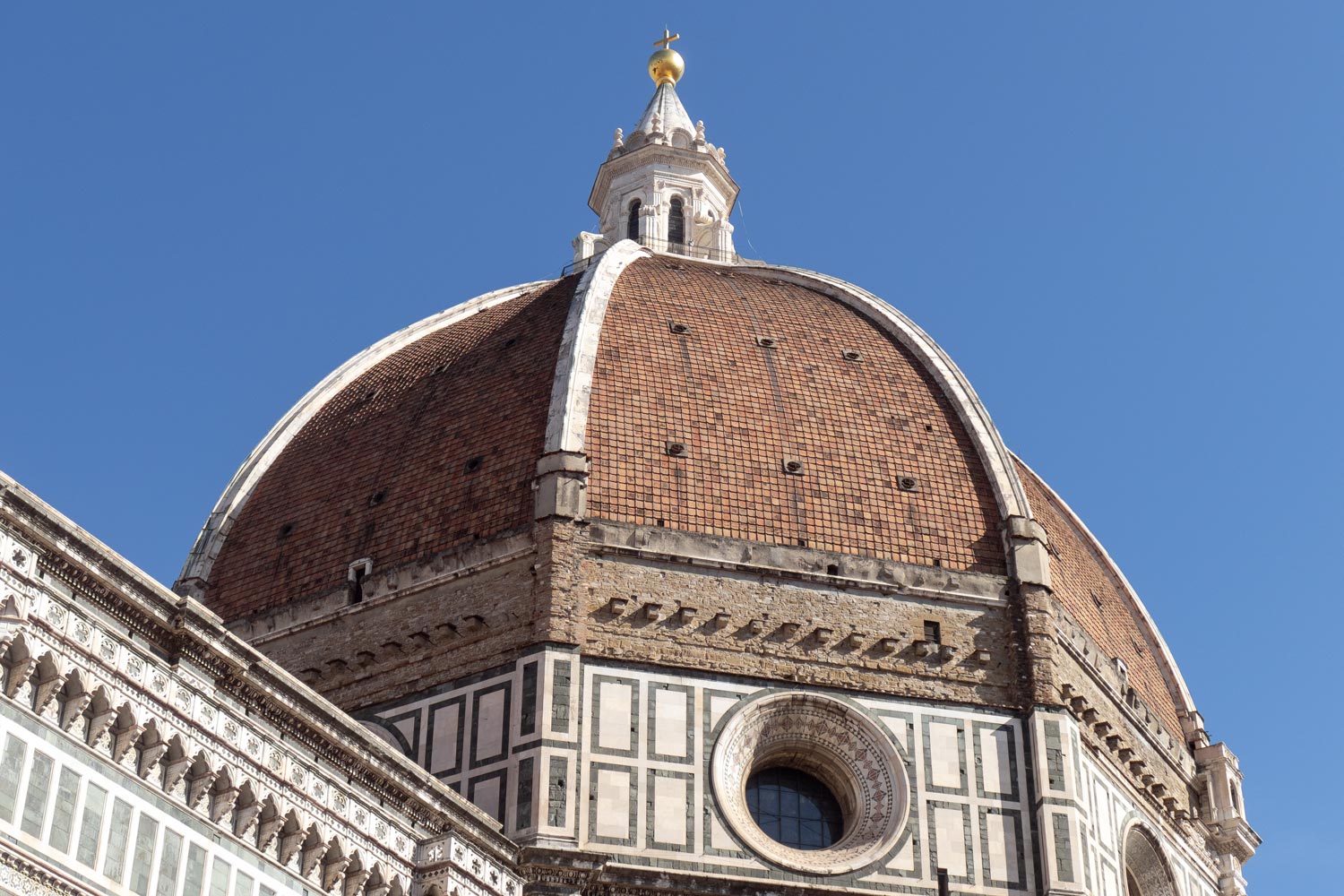

The cathedral is entirely covered with marble, including the bell tower.

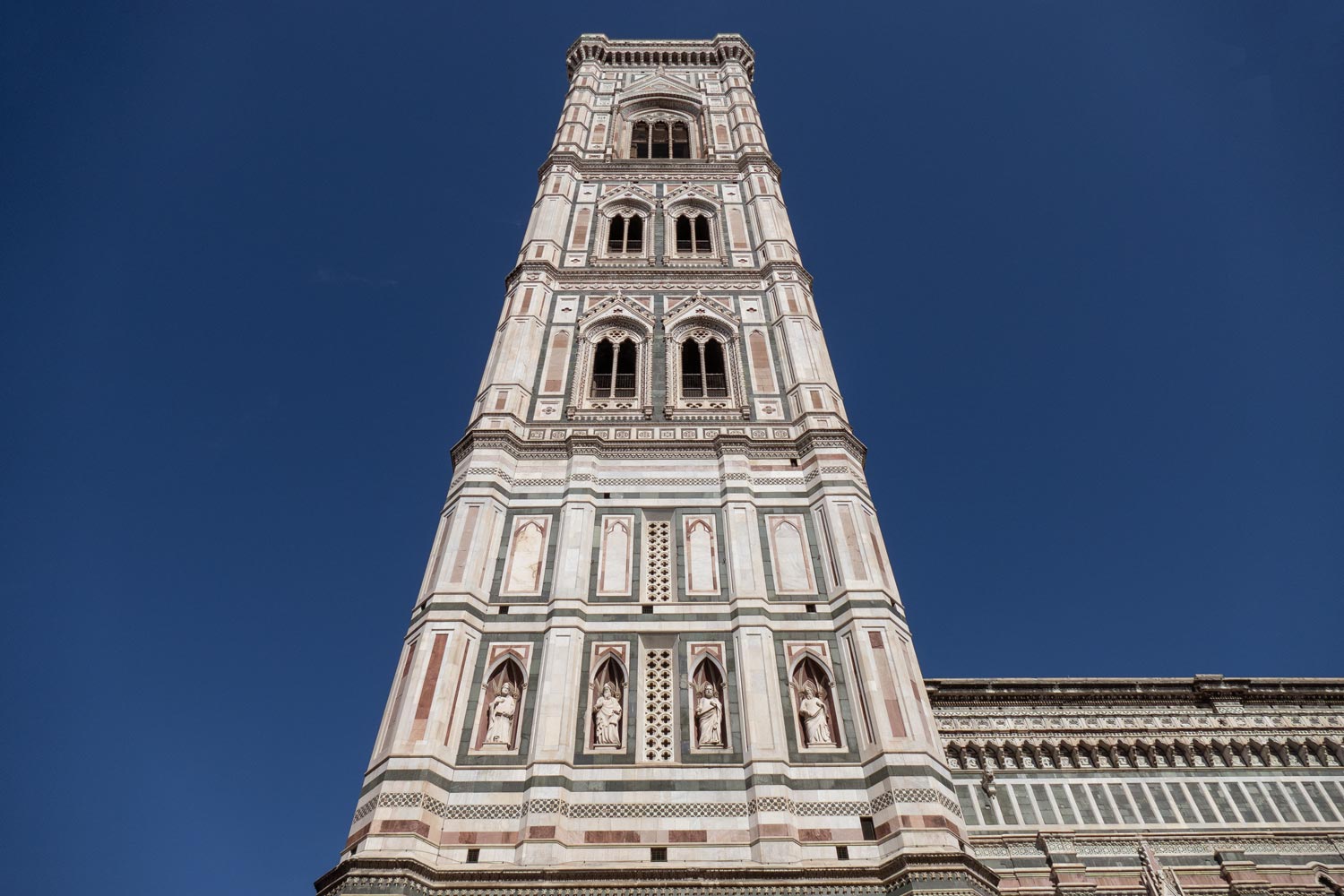
Statues are hidden in the niches on the facade. The amount of detail in the decoration is simply incredible. The patterns with reliefs and decorative columns shaped like spirals are especially noteworthy!
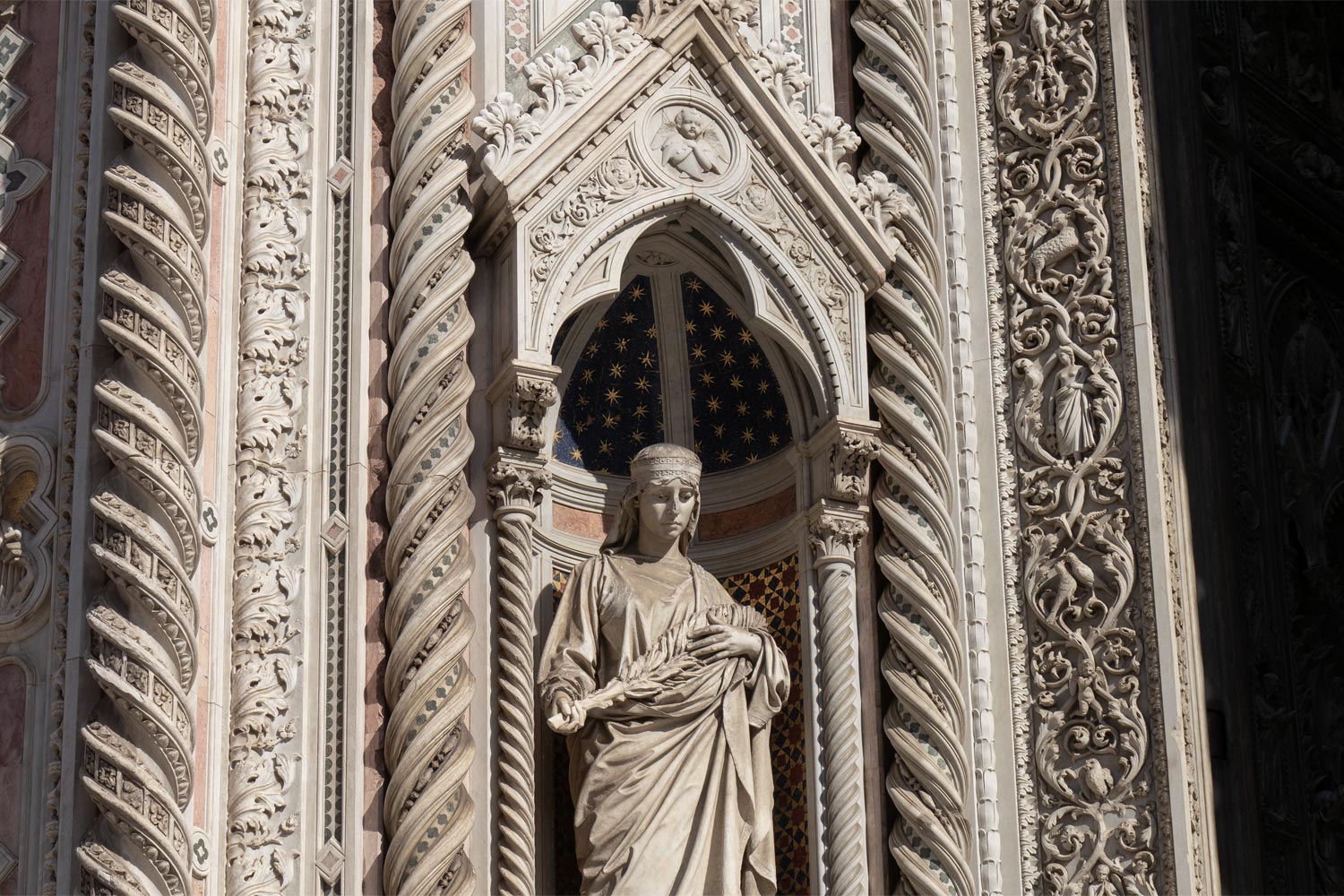
Among all this marble splendor, only the dome stands out — it’s entirely made of red brick.
This dome alone took 16 years to build, and works began around the 130th year of the temple’s construction. The project was overseen by Brunelleschi. You haven’t heard of him, and neither have I. So, this Brunelleschi came up with building the dome with eight petals covered in terracotta tiles that converged towards the center and rested on a central point!
So, this dome has no support whatsoever; it simply balances itself. They say that this Brunelleschi didn’t even have architectural education. He was more of an engineer who studied architecture by exploring the ruins of Ancient Rome.
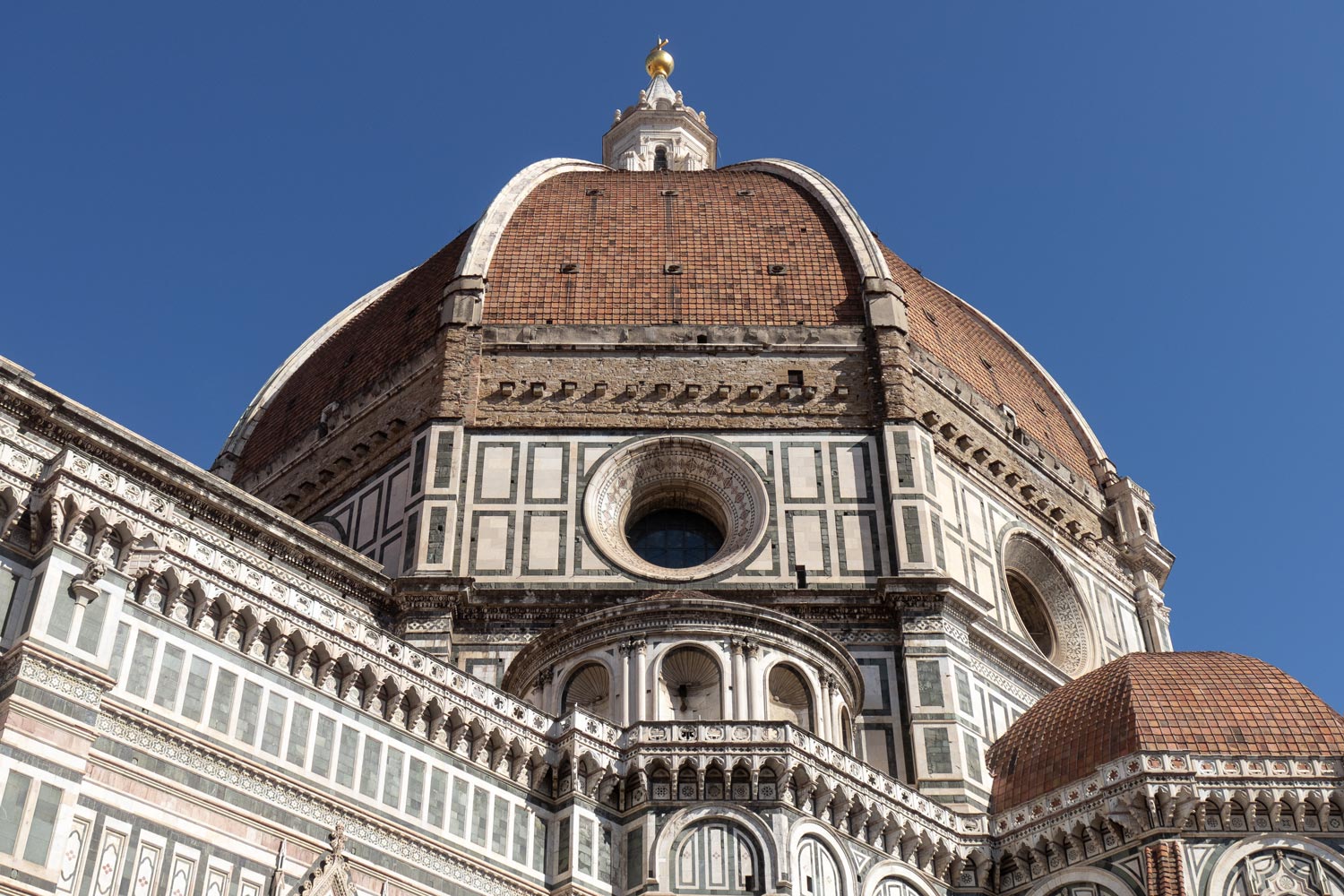
As a result, it became the largest brick dome in the world. It weighs a whopping 37,000 tons and is constructed from 4 million bricks.
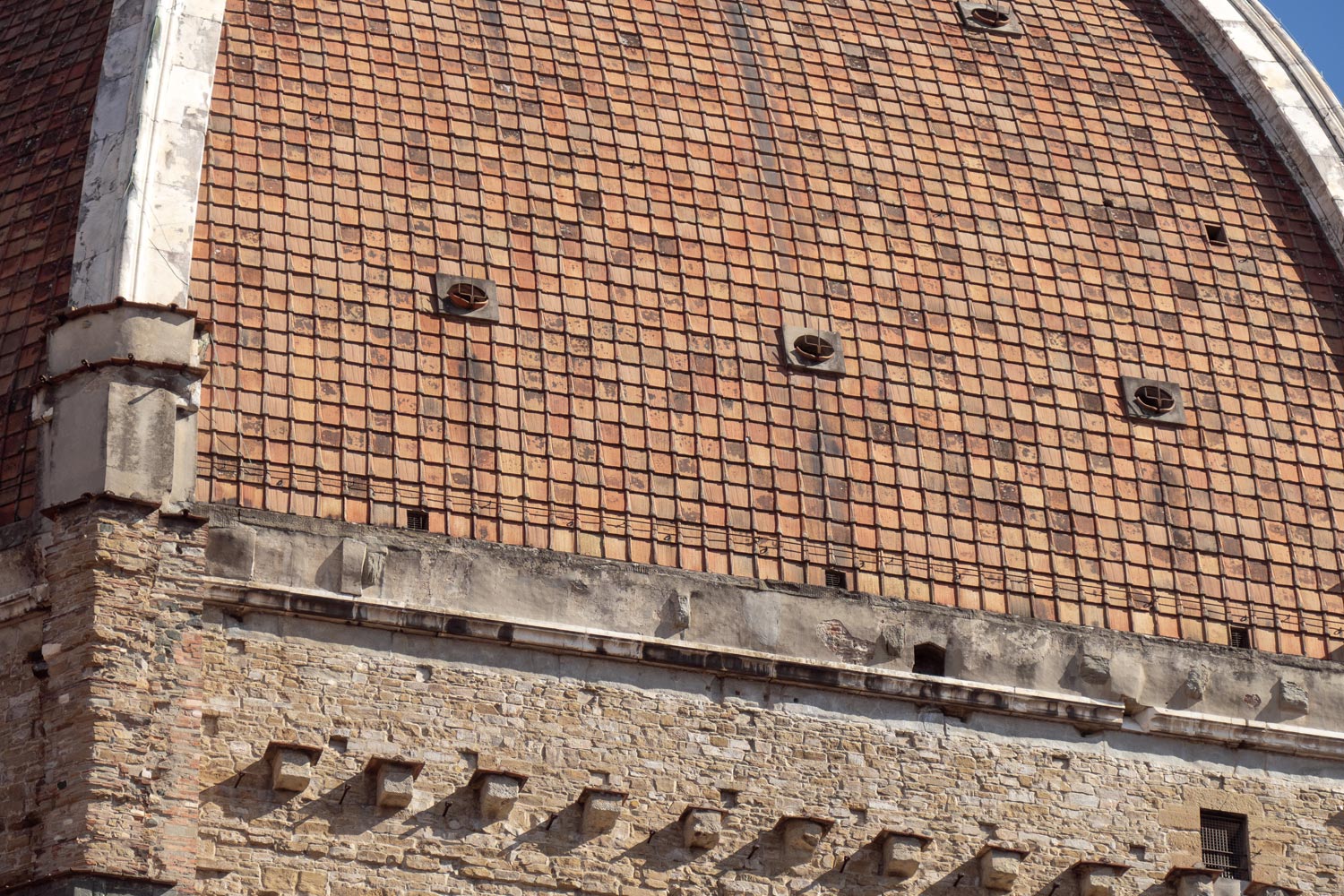
Apart from the cathedral in Florence, there is another recognizable place. Besides the dome, the reader surely has seen photographs of the incredible bridge plastered all over with houses.
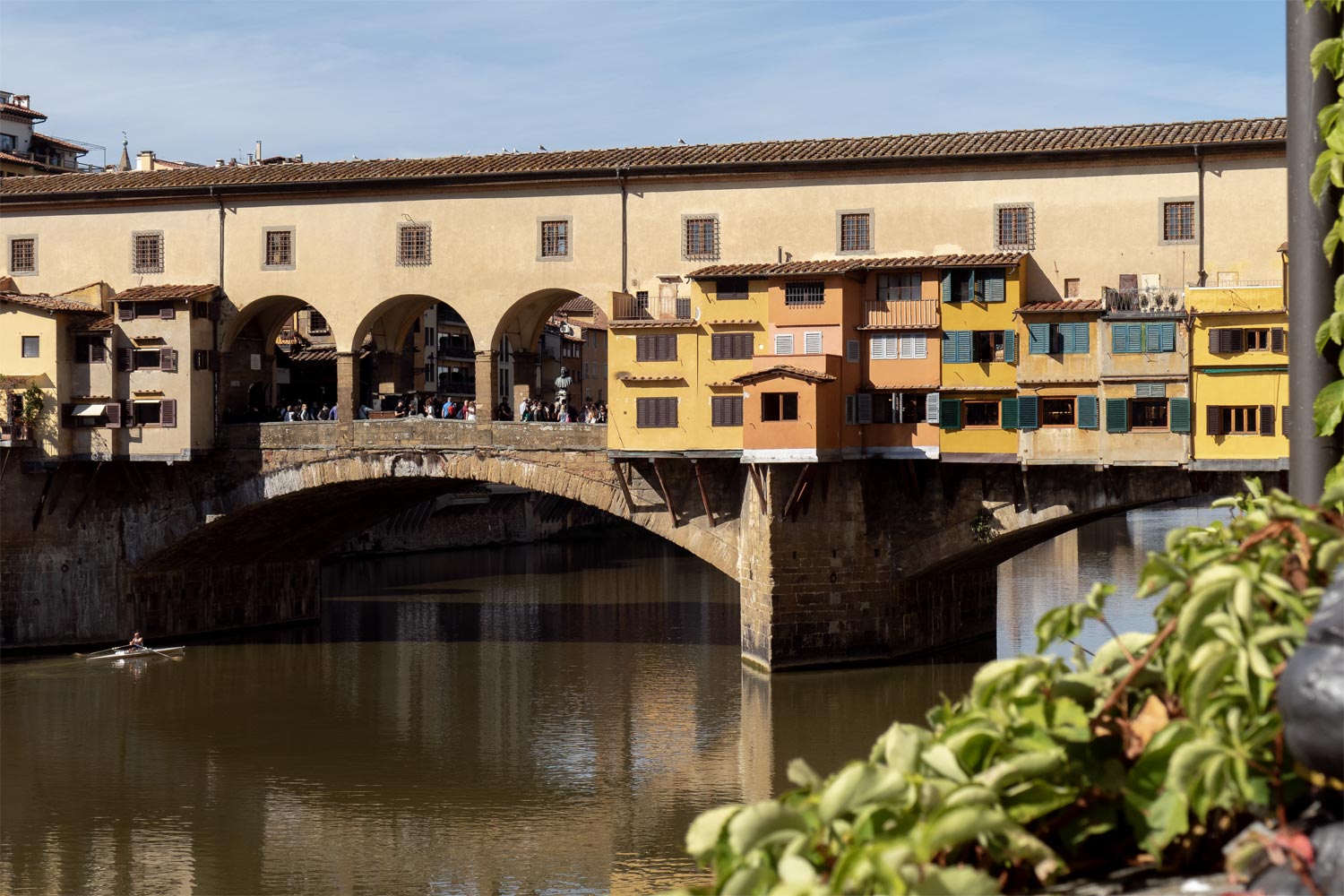
This is also in Florence. Previously, there were many such bridges in the city, but only one of them has survived — the Ponte Vecchio. The rest were destroyed by retreating troops of Hitler.

The houses on the bridge are not residential, of course. These are shops. Inside the bridge lies a typical bazaar in an Arab style.

According to one version, the word “bankrupt” originated from Florence. It comes from the Italian phrase “banca rotta”, which translates as “broken shelf.” It is said that towards a trader in debt from such a bridge-market, “court officers” would come and break the shelves with goods.

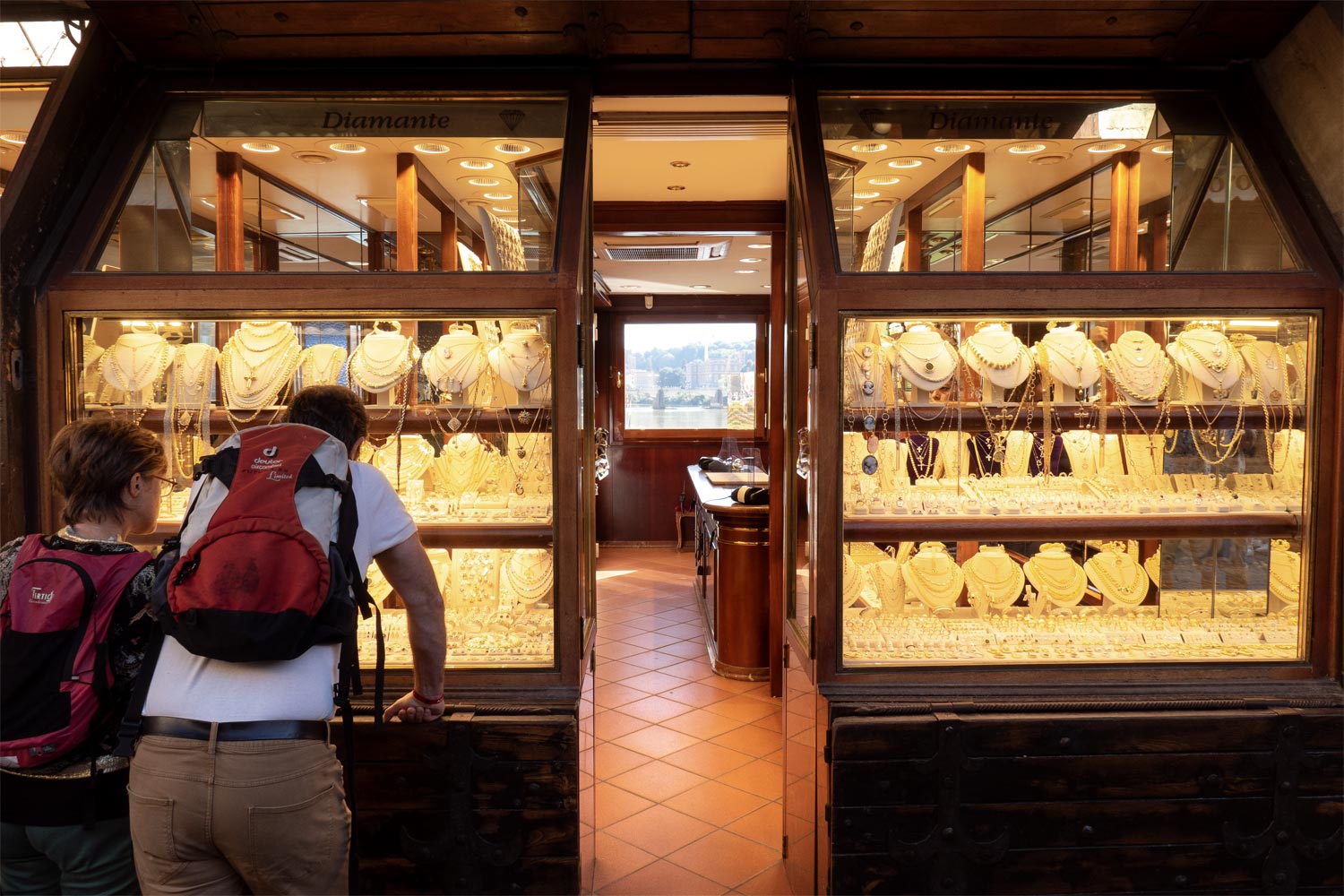
Not far from the bridge, there is a quirky house that clearly stands out from the common yellow-brown buildings.
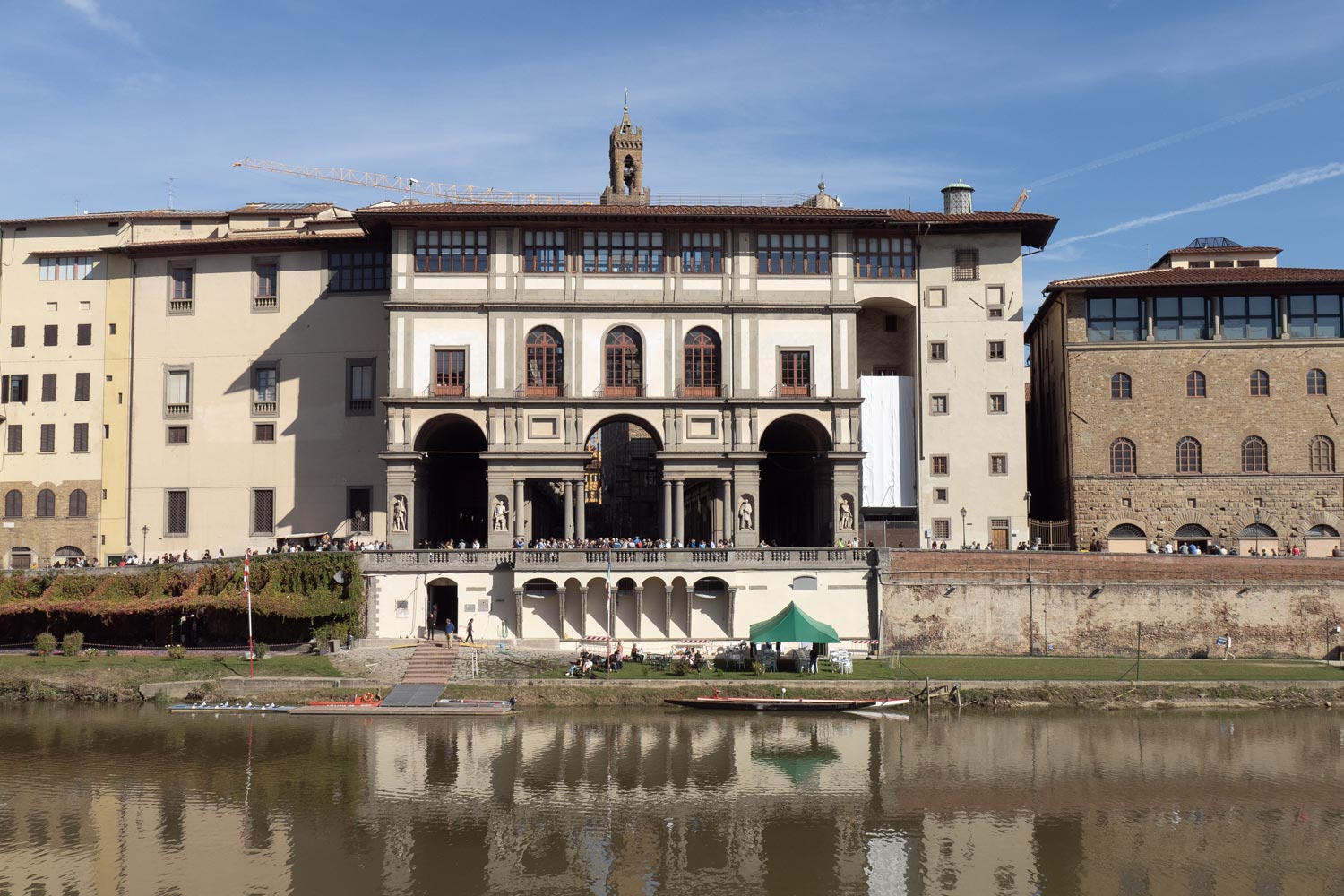
This is the gallery called the Uffizi, the oldest museum in Europe. It was founded by one of the dukes of the Medici family. The dynasty with this unusual surname first ruled Florence and then the new state that absorbed it — Tuscany.
Transforming from bankers to rulers, throughout their history, the Medici sponsored and protected the art and science of Florence. They helped Leonardo da Vinci at the beginning of his career and saved Galileo from a death sentence.
The Uffizi is one of dozens of museums, galleries, palaces, and libraries created by the Medici during their 300 years of rule. But what a museum it is! It houses 150,000 works of art, the most famous of which is Botticelli’s “The Birth of Venus.”

Another delightful museum in Florence is the Accademia Gallery. In a completely unassuming house somewhere off-center, stands the statue of David, created by Michelangelo himself.
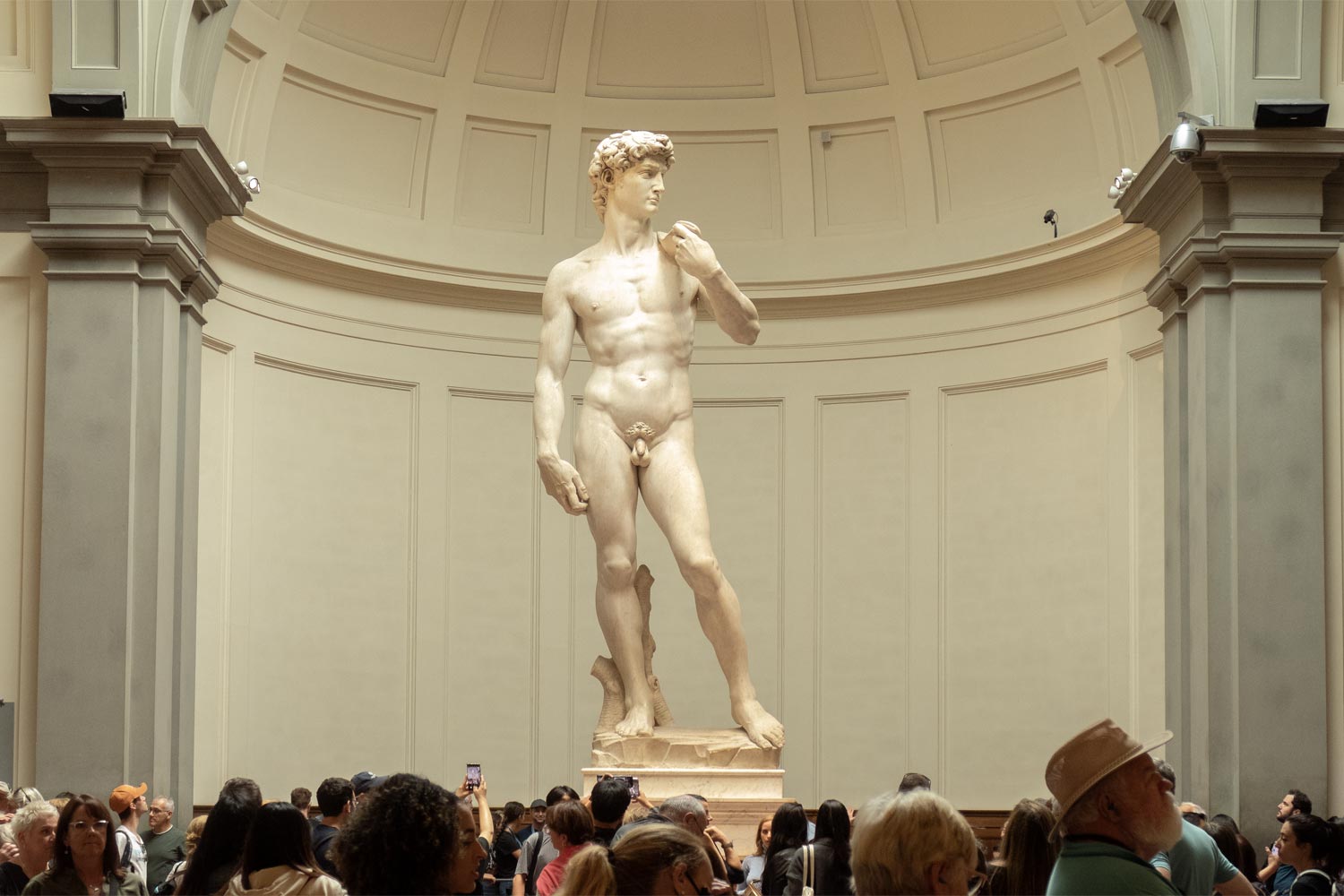
The author has never seen anything more incredible in his life.

The thing is, creating a sculpture of a human even of average height with such a number of details is incredibly difficult. Even more challenging is enlarging the sculpture by two times while maintaining accurate proportions. After all, we look up at a four-meter statue from below!
Therefore, Michelangelo deliberately made the torso narrow and the head slightly larger than usual. Now, when viewed from below, the proportions seem correct, but upon closer inspection, David’s head is enormous.
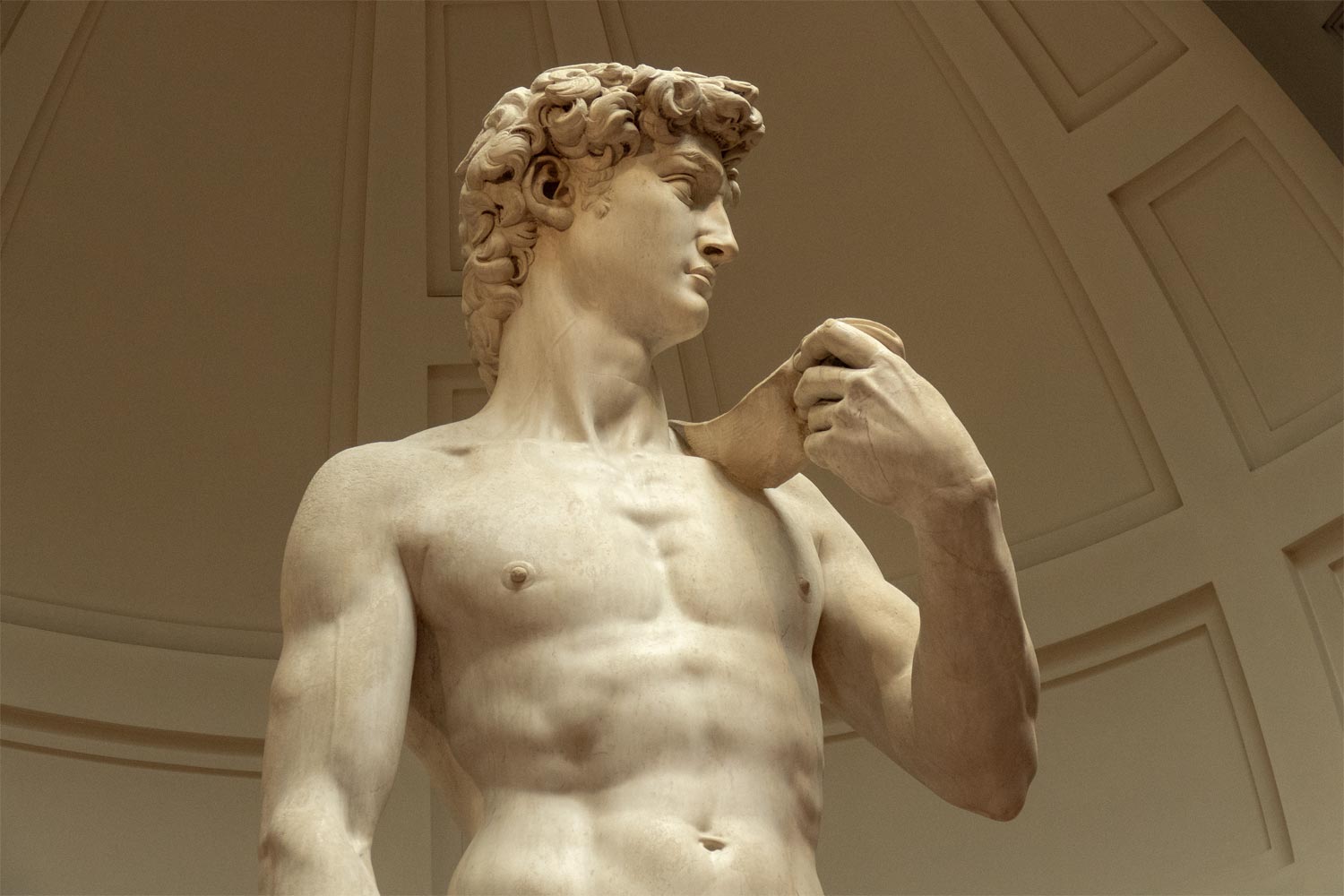
The amount of detail is absolutely incredible. How could one carve veins on the hands from a block of marble with a chisel?

But in reality, in Florence, one doesn’t even have to go to a museum. Sculptures are standing here right on the street, under the open sky. Copies, of course.
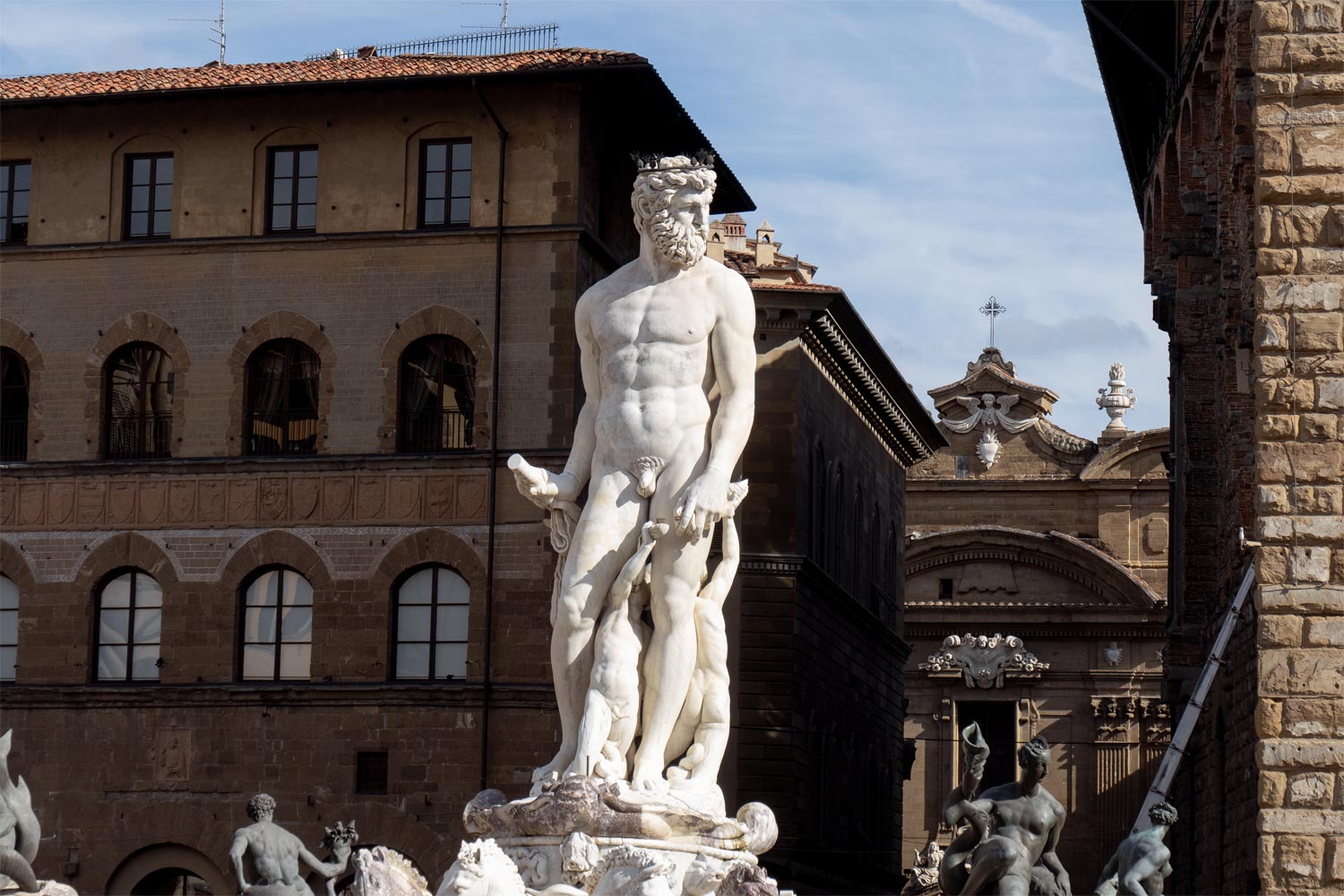
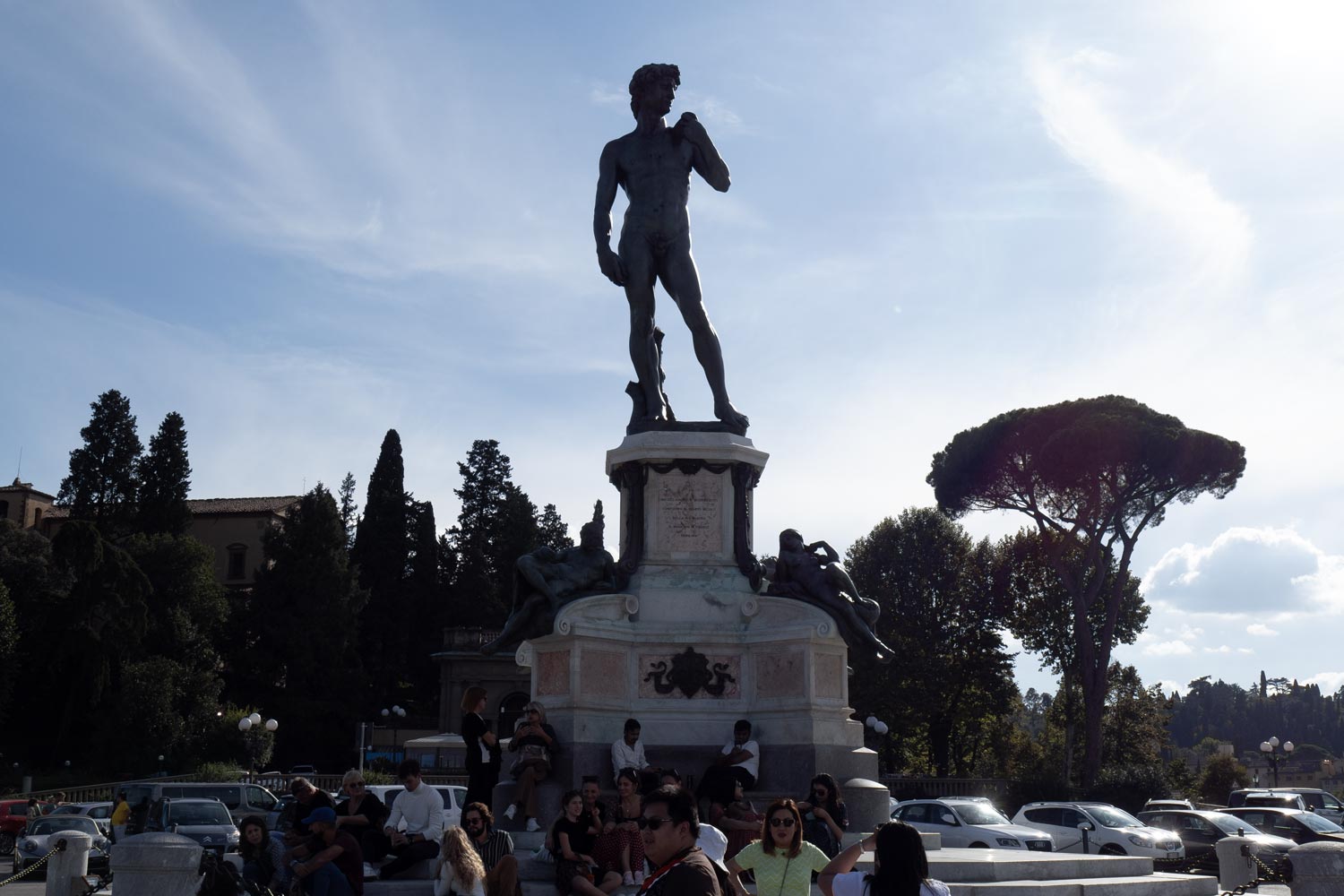
But sculptures aside, the city itself is a work of art.
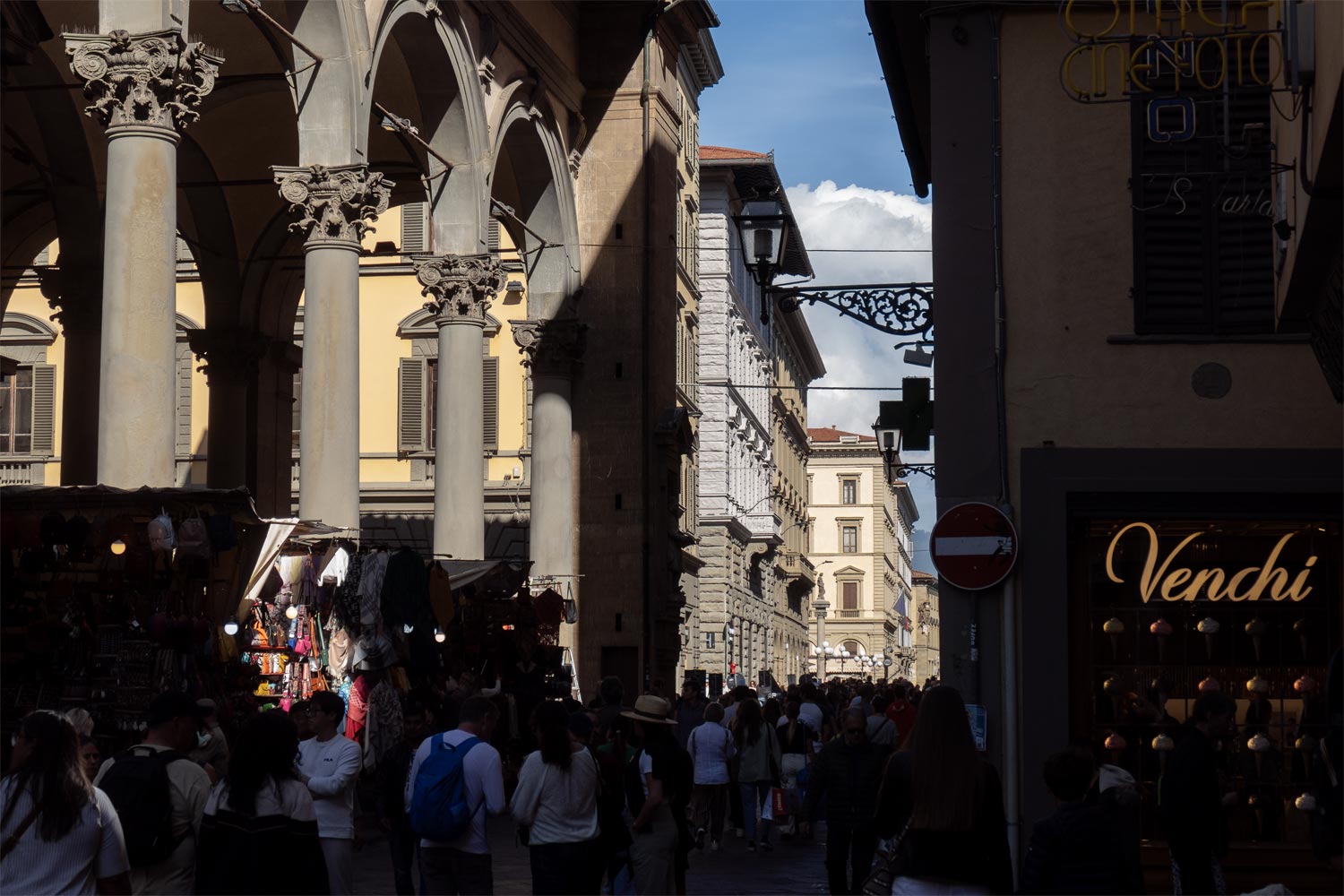
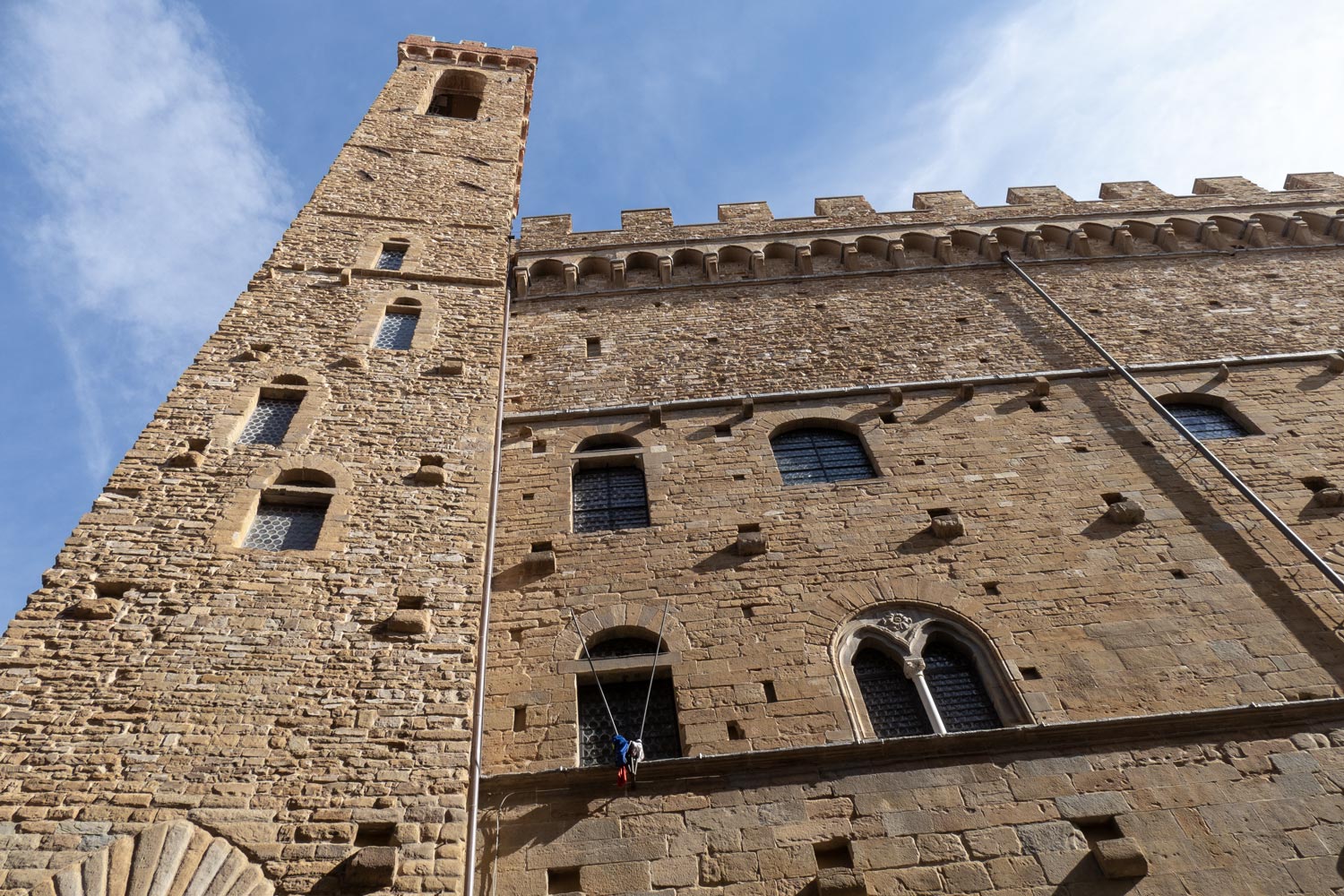

Playing with light and shadow, capturing intricate forms, and ambushing people in Florence can be done endlessly.


Florence is one of the most beautiful cities in the world. It’s just silly to come here for just a day.
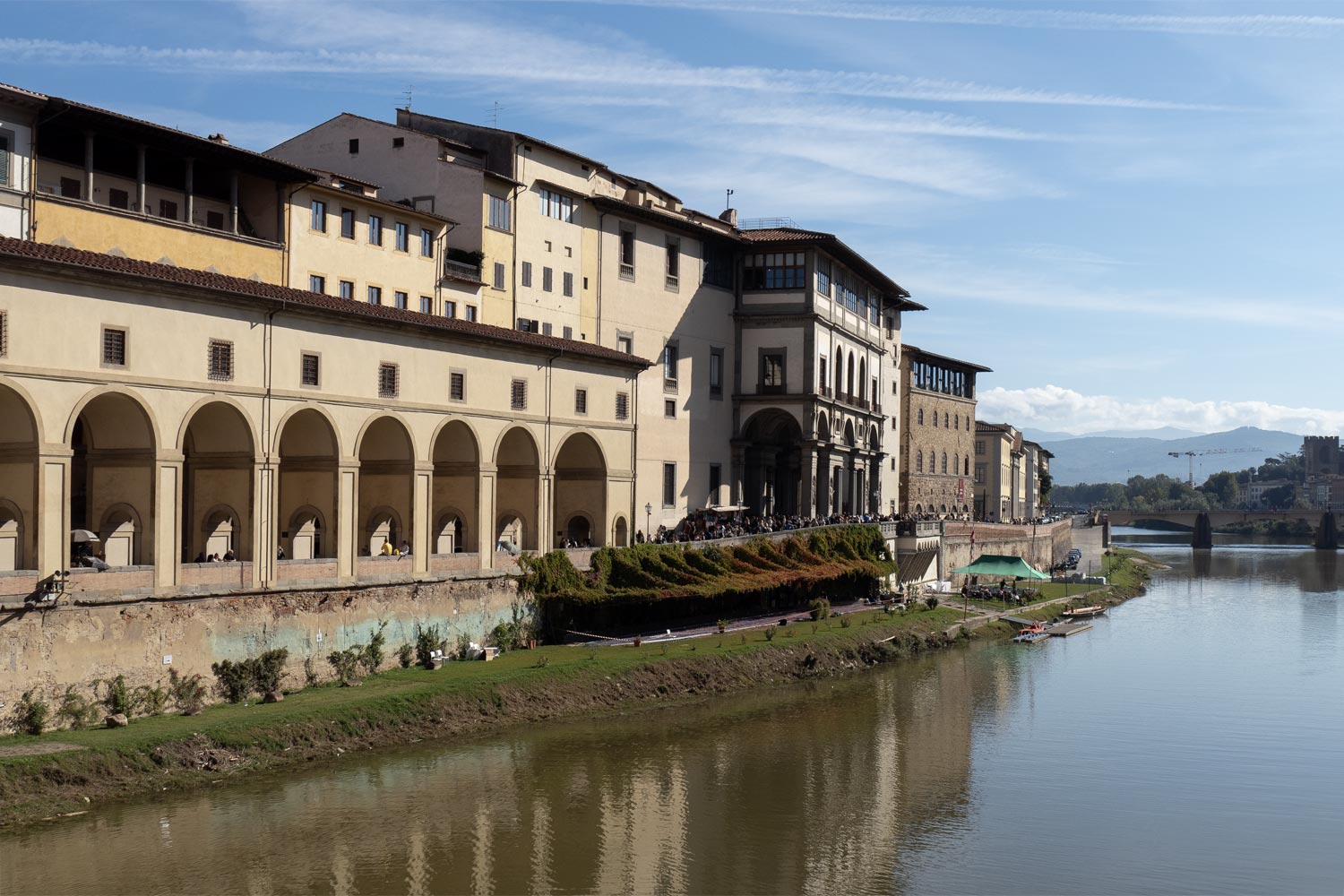
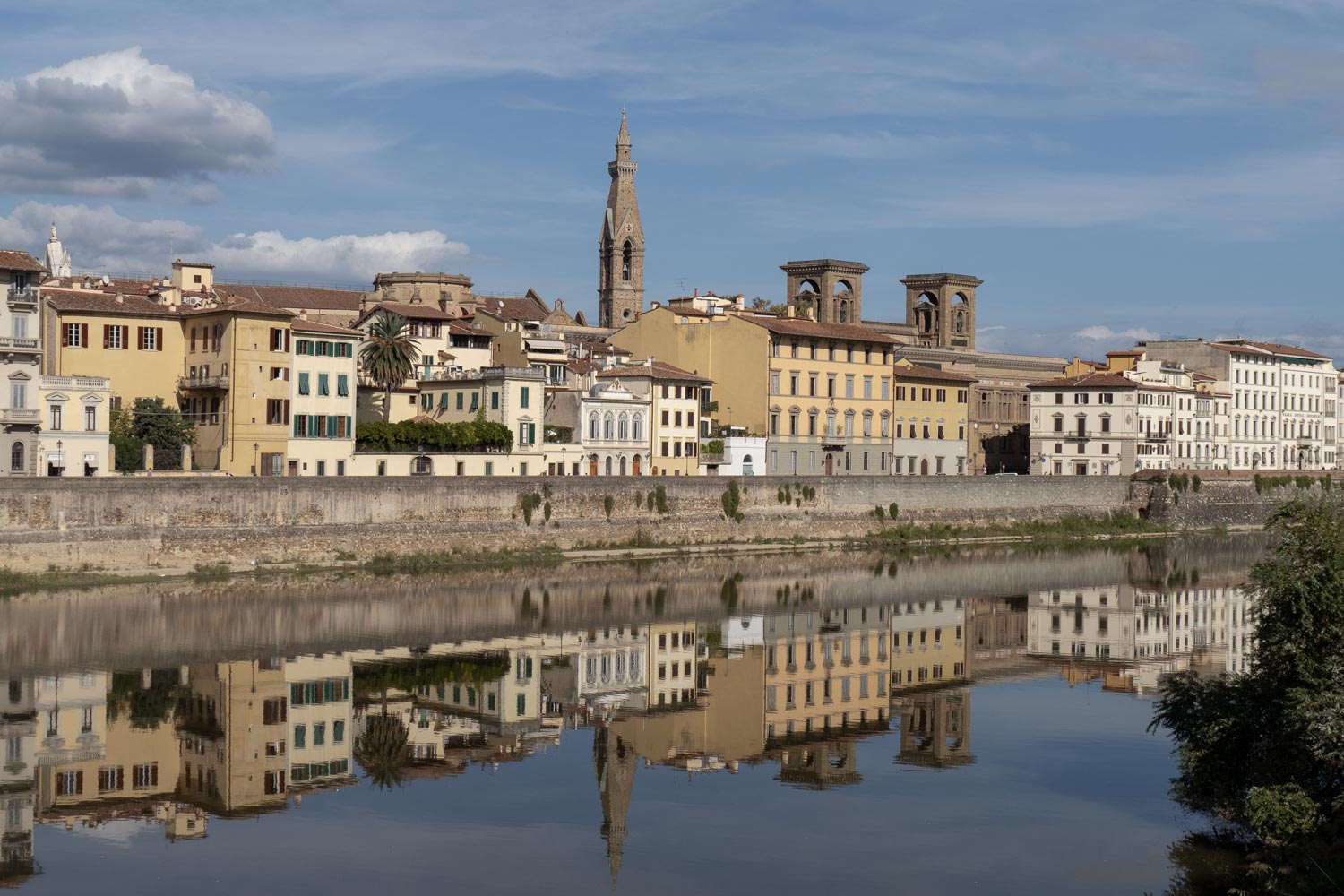
No, one needs at least a week to step into every museum, find every nook, examine every detail, and capture every urban scene.
